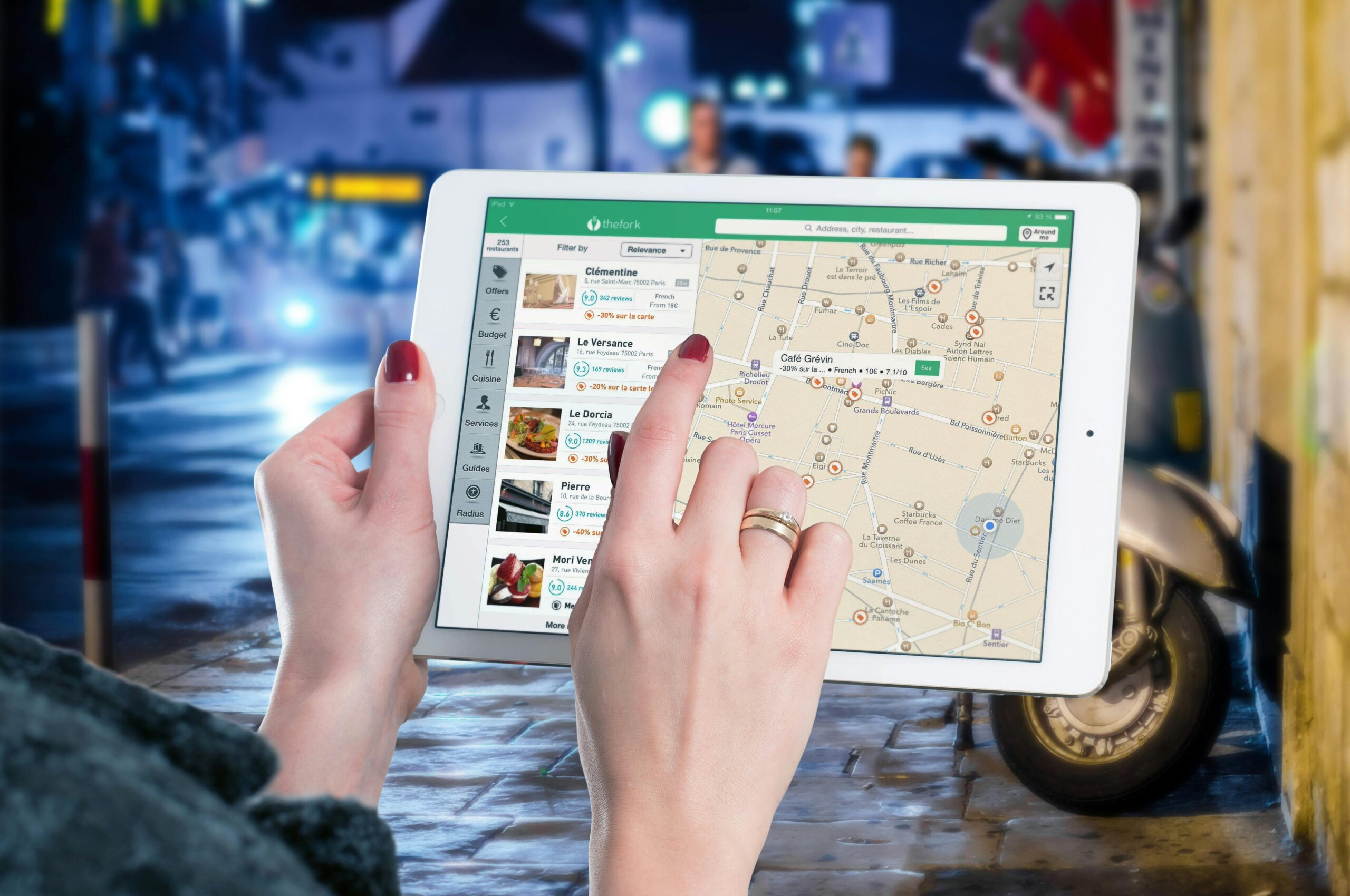Image credit: Unsplash
The SAT, otherwise known as the Standard Achievement Test, has been a staple of modern schooling for almost 100 years now. Designed to help colleges and universities make admission decisions, the test has traditionally been taken via pen and pencil.
Most remember filling in bubbles based on test prompts and handing exam sheets in to proctors who manage the tests. The test shifted to digital in March 2024, however, marking a new era in standardized testing and the way it operates.
The Shift to Digital
The Standardized Achievement Test’s shift to digital came in part as a result of the pandemic, when colleges and universities went test-optional out of concerns for students’ safety. As the pandemic ended, traditional testing methods have returned to help colleges and universities gauge whether or not students are ready to tackle the challenges that studies often present.
The new digital format offers adjustments to the SAT, which include a shortened test, as well as the allowance of graphing calculators throughout the math portion, and faster results.
However, the test wasn’t just created to be strictly digital, but adaptive to a student’s learning progress. This means that the difficulty of subsequent test questions is influenced by those questions that were answered previously. This method is often used in large-scale tests and improves testing security.
The Impact of Digital Tests
Given the SAT’s “high stakes” as an exam, many students who take it feel pressured to perform well. However, stress over test performance isn’t the only obstacle some students face.
According to a report from US News, the SAT has faced enduring criticism over equity. Costs related to registration can often limit a student’s ability to retake the test to achieve a higher score; and while some students can afford tutors to gain a competitive edge while taking the SAT, others cannot.
Preparing for the SAT
For many students, simply reading about the SAT, or taking practice tests that rely on reading large amounts of literature, can be daunting. Virginia Tech professor Michael Ermann, who founded the Olive Book SAT visual learning software, has shared that visual learning can often aid in understanding and retaining information.
“Learning visually isn’t just about remembering information,” Ermann says. “It’s about truly understanding it, which can make all the difference on test day.”
The Olive Book isn’t the only type of help that students can access when preparing for the SAT. With national test-prep companies, private tutors, and self-guided online resources available, students can prepare themselves for the SAT in a manner that benefits their personal learning style. Khan Academy has several free resources available for students who may not otherwise be able to hire tutors or purchase tools from test companies.
An article from Big Future’s College Board shares numerous strategies to help you approach and take the SAT. These tips include: pacing yourself when taking the test, not relying on answer choice probability or pattern, as well as getting a good night’s sleep to prepare yourself before the day of the test.
Embracing Modernity in SAT Prep
The implementation of digital learning can be daunting for some students, as well as for parents who grew up with traditional testing tools. With so many options available to students both online and off, those preparing to take the SAT should not fear venturing into the test.
By utilizing effective study strategies, as well as minimizing screen time before the test, students taking the SAT can prepare themselves accordingly for a test that will help determine their college and university placements. A plethora of tools exist online and off to help students prepare for the SAT. Accessing them early, and utilizing them to the best of their ability, can help prepare students for testing day.

























































































































































































































































































































































